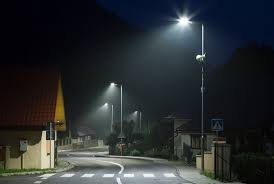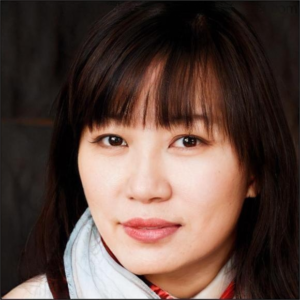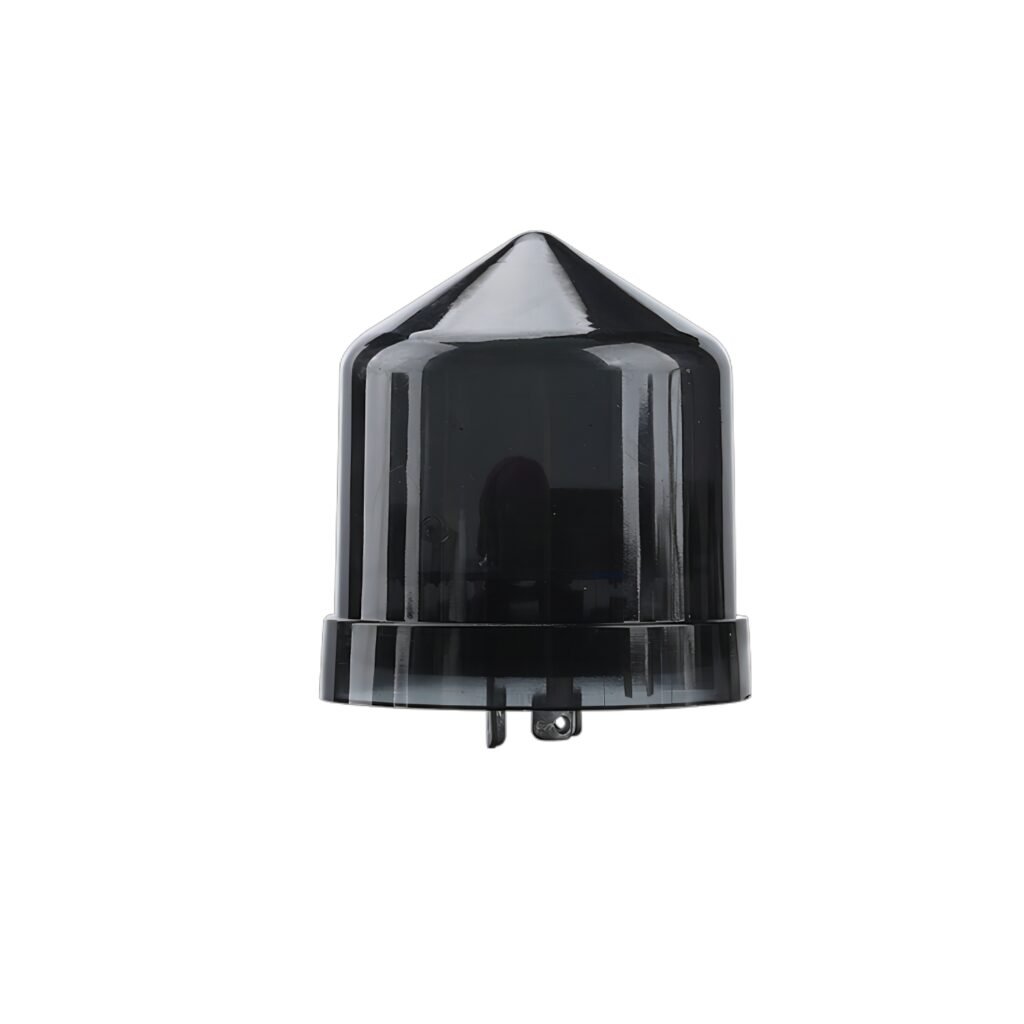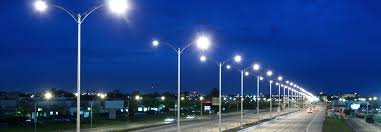In April 2025, the latest revision mad to the Zhaga Boek 18 standard was made public and took effect. It truly set a milestone for the global smart lighting industry, changing it for better. This update has changed the landscape of the future smart lighting system. It not only redefines interface definitions for smart lighting controllers but also paves the way for standardized connections between photocells, drivers, and sensors. This update has laid the foundation for a modular, interoperable, and scalable smart lighting ecosystem worldwide.
It is something beyond mere technical improvement. This update is a pivotal step toward transitioning from closed, proprietary systems to open, collaborative smart city lighting designs. Let’s have a look at what has changed with this revision and how the photo switch sensors market is affected by these changes.
The Logic Behind the Upgrade: Enabling Interoperability, Flexibility, and Scalable Deployment
The 2025 edition has addressed some of the major problems in the outdoor lighting ecosystem and attempted to correct them.
One of the long-standing pain points in smart street lighting has been the lack of unified system interfaces across brands. This fragmentation leads to compatibility issues, increased integration costs, and limited upgradeability.
Here is how the 2025 edition of Zhaga Book 18 has tried to resolve this issue through some key improvement measures:
- Standardized 4PIN interface for 24V DC power, DALI+ and DALI– signals, and general-purpose I/O
- True Plug-and-Play for maximum compatibility across different manufacturers’ controllers and luminaires
- Modular decoupling of sensors, drivers, and photocell controllers so that they quickly and easily integrate AI, energy management, and wireless communication technologies
- Complete integration with DALI-2 and D4i ecosystems, making possible easier connections to IoT platforms and smart city infrastructure
| Feature/Change | Impact |
| Standardized 4PIN Interface | Ensures consistent connectivity across power, DALI+, DALI–, and I/O for smart integration. |
| Plug-and-Play Compatibility | This ensures the controllers integrate completely from across various brands |
| Modular Decoupling of Components | makes it possible to eaily integrate of AI, sensors, and wireless communication modules. |
| Full DALI-2 & D4i Integration | Strengthens smart lighting’s connection to IoT and urban infrastructure platforms. |
In short, streetlights now are far from mere threshold detectors and do not operate merely according to scheduled operations. They are evolving from simple on/off devices into intelligent edge nodes, capable of sensing, communicating, and interacting in real time and according to ground conditions.
Transformative Impact Across the Smart Lighting Value Chain
These changes suggested by the new version are having a far-reaching impact, affecting almost every stakeholder across the chain. Below is an account of what it has in store for each one of them:
| Stakeholder | Benefits from 2025 Revision |
| Municipal Lighting Projects | Reduced vendor lock-in, extended system lifecycle, and better compliance for tenders in global markets. |
| Lighting Manufacturers | Faster time-to-market, product standardization, and streamlined international export readiness. |
| System Integrators & Platforms | Easier tech integration (AI, LoRaWAN, NB-IoT), multi-brand compatibility, and groundwork for city-wide networks. |
For Municipal Smart Lighting Projects:

Here is what this change means for local municipal projects in urban centers:
- Lower integration barriers and reduced vendor lock-in risks because pan-integration is now possible across various models and manufacturers
- Longer system lifecycle and easier maintenance/upgrade paths due to stricter compliance requirements
- Enhanced bid competitiveness in regions requiring Zhaga/DALI compliance (e.g., EU markets)
For Lighting Manufacturers:
Lighting manufacturers will benefit greatly from this new development in Zhaga Book 18. Below are some of the advantages they can expect:
- Reduced design redundancy and enhanced product interchangeability due to improved interoperability and standardized mechanical and electrical interface. This simplifies the design to become usable across varying luminaire types
- Speeding up time-to-market thanks to the standardized interfaces and the plug-and-play design that can reduce the time required for prototyping and launching
- Better alignment with international certification and export requirements, making global, diverse markets more accessible
For System Integrators and Platform Providers:
The latest upgrade in Zhaga Book 18 will also impact the system integrators and platform providers in many positive ways. This is how they’ll benefit from it:
- Easier connection with AI, edge computing, LoRaWAN, NB-IoT, and other technologies will be established because of the broader protocol support recommended in the new update
- Multi-brand ecosystem compatibility, improving system flexibility will be made possible, reducing the effort needed for integration between multiple brands
- A strong foundation for future “urban sensing networks” will be the direct result of this update, making it easier to materialize city-wide sensor networks that are scalable.
Photocells Redefined: From Switches to Intelligent Control Nodes
In this evolving ecosystem that is rapidly redefining smart urban lighting, photocells are no-longer going to act as merely a mechanical photocell switch. Rather, they are expected to get smarter with the system. They are expected to deliver the following:
- Communication functions (I/O feedback, DALI interface)
- Sensor coordination (integration with radar, cameras, weather or motion sensors)
- Protocol compatibility (DALI, 0–10V, ANSI C136.41, Zhaga Book 18)
- Rugged reliability (IP66+, IK09, surge protection, and wide-temp operation)
In short, photocells are becoming core intelligent components that support localized decision-making and edge-level responsiveness in smart lighting networks. This is the only way forward if the photocells are to cope with the changing ecosystem.
Lead-Top Photocontrol Cells: Fully Compliant with Zhaga Book 18 and Designed for Seamless Deployment

As the lighting systems keep on fast evolving rapidly, we’ve made sure we are always a step ahead of time. As a specialized global manufacturer of photocell controllers, Zhejiang Lead-Top Electrical Co., Ltd. has proactively aligned its product portfolio with the latest Zhaga Book 18 standards to support open and interoperable smart lighting systems. In this backdrop, our following Zhaga compliant products are highly recommended for perfect compliance.
Our LT600 Series Zhaga-Compliant Light Sensor Switch Offers:
- Standard 4PIN interface (24V, DALI+, DALI–, I/O) fully aligned with Zhaga Book 18
- Support for both DALI or 0–10V driver systems
- IP66 and IK09 protection, high-temperature resistant housing for long-term outdoor use
- Ultra-low power consumption (≤0.5W) and over 10,000 ON/OFF cycles for city-grade projects
We also offer the LT635 Series Zhaga sockets, featuring:
- 360° tool-free rotation
- 5PIN/7PIN options for flexible sensor/controller compatibility
- Seamless integration with multiple fixture brands
Toepassingsscenario's
Our state-of-the-art smart photocell sensors have a wide range of applications thanks to their high adaptability. Here are some of the common applications:
- Main roads and high-speed urban corridors in smart cities
- AI-enhanced lighting systems requiring sensor fusion (e.g., pedestrian/vehicle detection, adaptive lighting)
- Public tenders in Europe or North America where Zhaga and DALI compliance is a prerequisite
Choosing Zhaga Book 18–compliant photocell for street lights like Lead-Top’s LT600 series ensures a future-proof, maintainable, and interoperable smart lighting infrastructure.
For sample requests, technical specifications, or integration guidance,
please visit [www.leaditop.com](https://www.leaditop.com)
Referenties
- https://www.google.com/url?sa=t&rct=j&q=&esrc=s&source=web&cd=&cad=rja&uact=8&ved=2ahUKEwjvgvngleCOAxVpbKQEHdQXDu8QFnoECBcQAQ&url=https%3A%2F%2Fwww.zhagastandard.org%2F%3Fview%3Darticle%26id%3D64%3Abook-18%26catid%3D10&usg=AOvVaw3_spYl-3YwVhjnuz_2IdJs&opi=89978449
- https://leaditop.com/product-category/product/zhaga-control/zhaga-sensor/?_gl=1*1en04ah*_up*MQ..*_ga*MTkxNDg5NDM4MC4xNzUzNzI2Njgy*_ga_S4H39S96GX*czE3NTM3MjY2NzgkbzEkZzAkdDE3NTM3MjY2NzgkajYwJGwwJGgxMDEwNzE4MjY.
- https://www.dali-alliance.org/
- https://leaditop.com/product-2/






